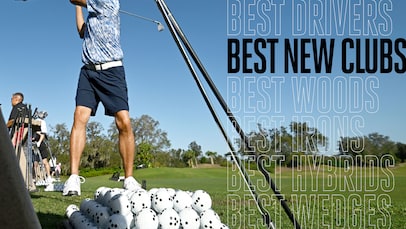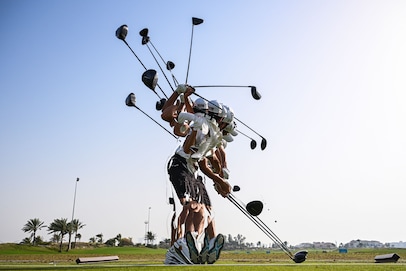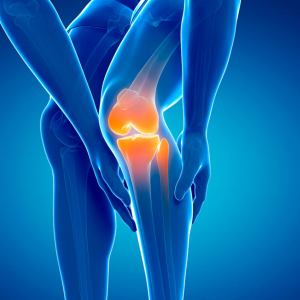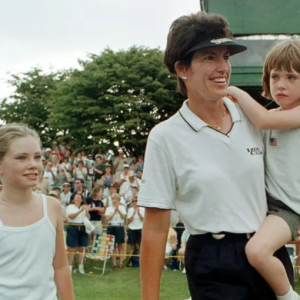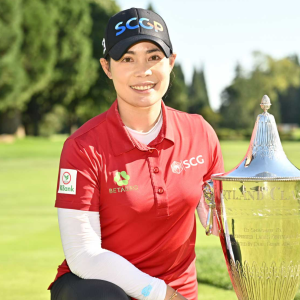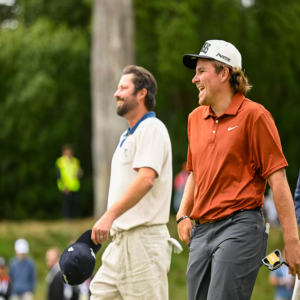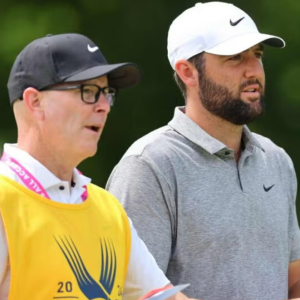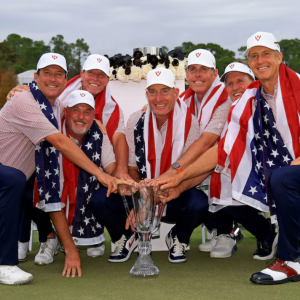That partnership, highly publicized and short-lived, fizzled out in less than six months after Rose struggled to find consistency with the gear and eventually returned to playing a mixed bag.
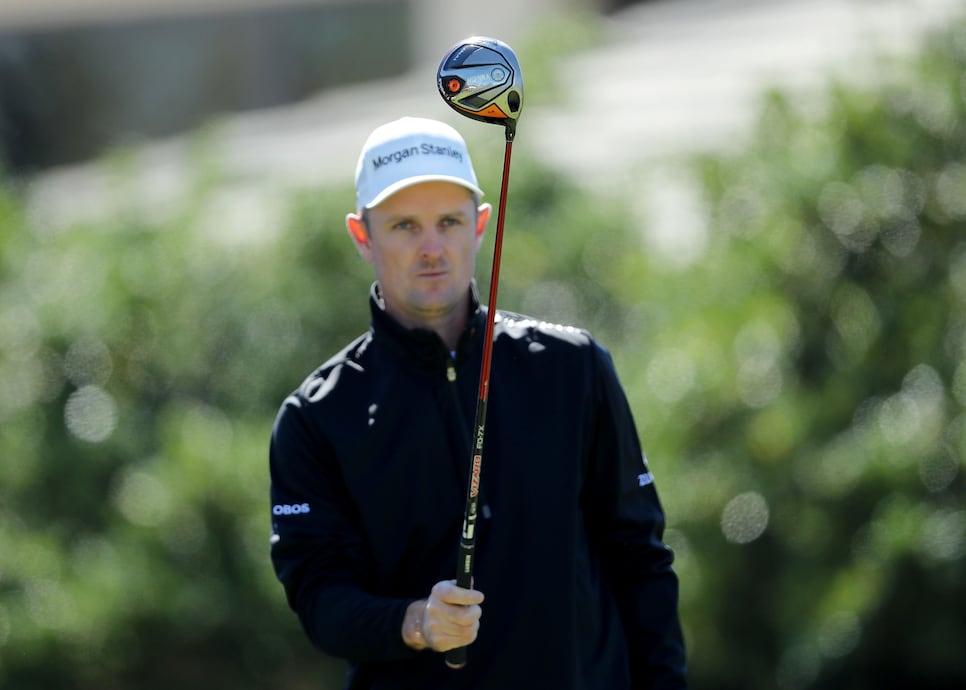
It was a textbook example of what happens when a good player and good equipment don’t click. Every pro enters an equipment deal hoping it’ll lead to better performance, maybe a few wins and a healthy payday. But golf is a feel game and when the clubs don’t suit a player’s eye or swing, things can unravel quickly. Rose’s Honma stint isn’t the only example. In fact, pro golf has a surprisingly rich history of high-profile equipment deals that looked great on paper and fell flat on the course.
Here are five of the most memorable, some of which were discussed on this week’s Golf IQ podcast.
Justin Rose
But it didn’t take long for cracks to become visible in the foundation. At the Honda Classic, in February, Rose quietly swapped in a TaylorMade SIM driver. A few weeks later, at Bay Hill, there wasn’t a single Honma club in the bag. The message was loud even if Rose never said a word: the partnership wasn’t working.
By May, both sides issued statements confirming the split. Honma praised Rose’s input on product development; Rose thanked them for the opportunity. But the partnership—built on collaboration and freedom—ultimately couldn’t deliver what Rose needed on the course.
The deal remains one of the shortest in professional golf, especially for a high-profile name.
Nick Price
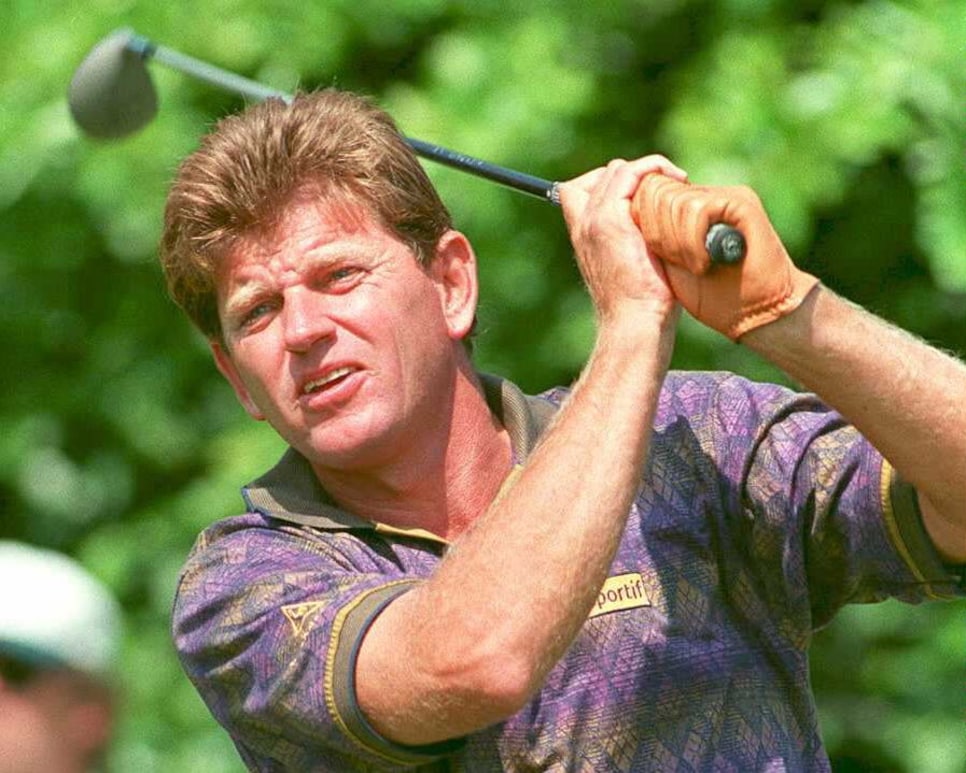
MARK PHILIPS
Payne Stewart
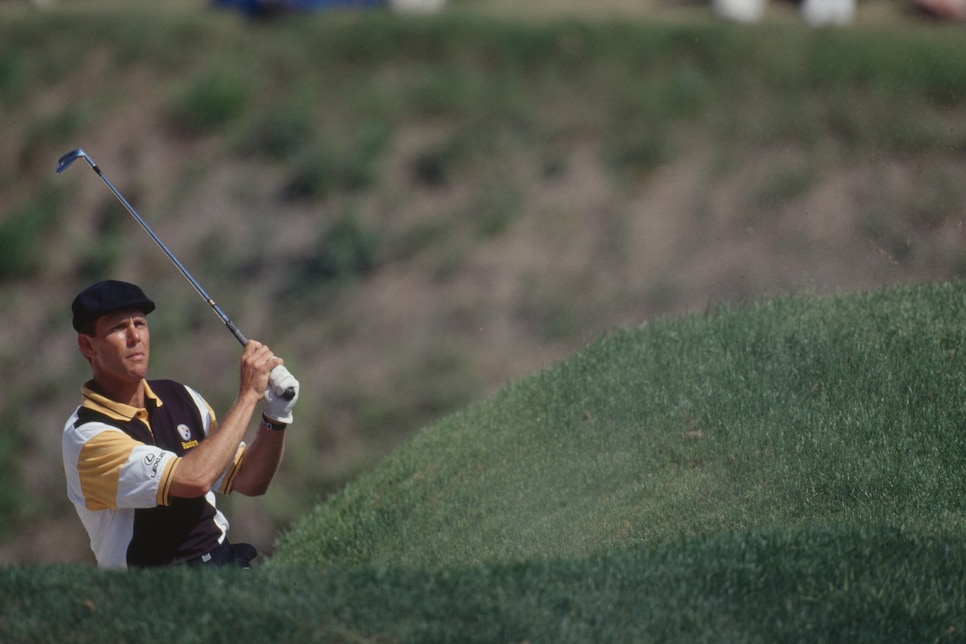
For someone who’d won two majors with forged blades, the move left Stewart struggling to hit his yardages and work the ball. He tumbled from sixth on the money list in 1993 to 123rd the following year. A move back to blades in 1995 coincided with improved results, but the deal never fully panned out.
And here’s the kicker: When Stewart won the 1999 U.S. Open, he was an equipment free agent—still playing the Top-Flite Strata, less than a year after his deal with Spalding had ended.
Corey Pavin

Jamie Squire
In 1997, Pavin inked a five-year, seven-figure endorsement deal with Japanese club manufacturer PRGR—a bold move that raised eyebrows across the equipment world. The partnership, however, never quite found its footing. The biggest issue? PRGR struggled to dial in Pavin’s exacting specs, particularly when it came to the driver. Pavin, never a bomber to begin with, found himself bleeding yards off the tee right as the game was shifting into a power era dominated by titanium drivers and rising ball speeds.
Over the life of the contract, Pavin failed to crack the top 100 on the money list—a stunning drop for a former major champion still in his competitive prime. For a player who built his career on precision and control, the equipment mismatch proved to be more than just a footnote. It was a turning point.
Curtis Strange
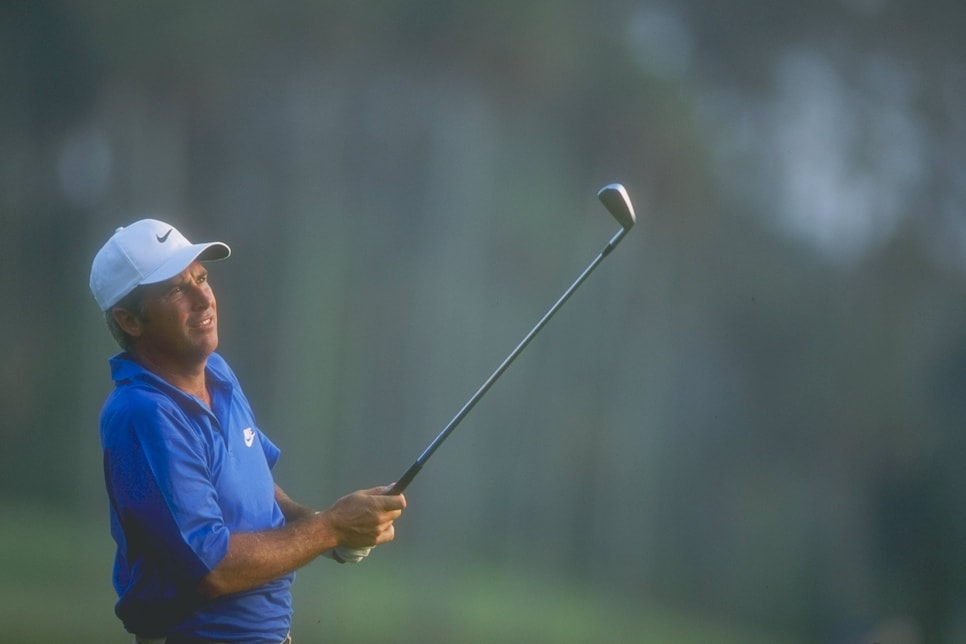
But the fit was off from the start.
The irons had a unique soft-steel construction and a distinctly European profile that didn’t match Strange’s traditional preferences. The driver was even further from the mark—unforgiving, low-tech and lacking the pop needed to keep pace as the power era began to take shape. Strange, known for his accuracy and grinding mentality, suddenly found himself fighting his gear every step of the way.
Performance dipped. Results faded. And by the time the deal ended, Strange had essentially vanished from the top tier of professional golf.
